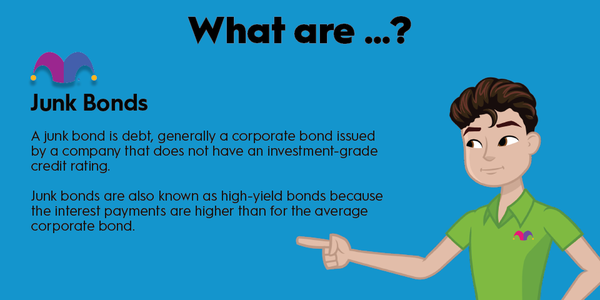Joint ventures (JVs) are business partnerships enabling two or more entities to share their expertise and resources for a specific purpose. JVs can enable companies to achieve their financial or expansion goals by bringing on a partner to help fund a new project or acquisition. The JV partners share in the profits, losses, and costs associated with their joint venture, which is separate from their other businesses.

Definition
Understanding joint ventures
A joint venture is a business partnership between two or more entities. However, not all JVs are limited partnerships. They can be any legal business structure, including a corporation, partnership, or limited liability company (LLC).
JVs typically bring together two or more entities that provide specific resources to the partnership. For example, one partner might contribute an existing operating business to the JV, and the other might make a cash payment to fund that business' growth.
Each partner will gain an ownership interest in the JV based on the value they contribute to the partnership. If one partner contributes an existing business valued at $1 billion and the other brings $1 billion in cash, they'd have a 50-50 partnership, each owning half of the JV.
Characteristics
Joint venture characteristics
Joint ventures typically have the following characteristics:
- Legally independent: The JV partners remain legally independent of each other. The JV is also a separate entity. The partners might share joint ownership and management (a 50-50 partnership), or one partner might have majority ownership and operating control.
- Established for a specific purpose: Partners usually form a JV to achieve a particular goal, such as building a new facility, entering a new market, combining similar business units, or making a joint acquisition.
- Each partner contributes: JV partners contribute resources to the partnership, giving them an ownership interest. They share a percentage of the assets, liabilities, costs, profits, and losses based on their JV ownership stake.
- JVs are temporary: Joint ventures can be short- or long-term partnerships. They typically dissolve once the partners achieve their goals. Partners often have the contractual right to buy out the other partner's interest in the JV (or force a sale).
Why it's done
Why companies form joint ventures
Companies form joint ventures for a variety of reasons, including:
- Combining resources: A JV can enable companies to pool their resources to put them in a better position to achieve their goals. One partner might need capital to grow their business, while another has cash they seek to invest. A joint venture enables them to combine resources to pursue those goals jointly.
- Cut costs: Forming a joint venture can enable companies to create a larger business entity that would benefit from having a greater scale. They can reduce redundant costs to lower their overall operating expenses.
- Leverage expertise: JVs can enable partners to benefit from their different expertise. One partner might have significant technological knowledge, while the other might be an operational powerhouse. Forming a joint venture could enable the partners to learn from each other.
- Market expansion: Forming a JV can be a good way to enter a new market, especially internationally. Partnering with a company in a local market can allow a company to benefit from its local expertise and established relationships.
- Risk reduction: JVs enable partners to reduce their risk. Instead of funding 100% of an investment and putting all that capital at risk, a company can bring on a joint venture partner to share part of the funding commitment and potential risk of loss (as well as potential gain).
Related investing topics
Example
An example of a joint venture
Joint ventures are very common. Companies will form them for a variety of reasons.
One notable joint venture example is Intel's (INTC -9.2%) semiconductor co-investment partnership with Brookfield Infrastructure (BIP -0.8%)(BIPC -1.04%). The companies signed the JV in 2022. The partnership provided Intel with capital to help finance the construction of two semiconductor fabrication plants in the U.S. The companies agreed to jointly invest as much as $30 billion into the two facilities, with Intel funding 51% and Brookfield covering the other 49%. Intel will retain majority ownership of the facilities and operating control, while the partners will share in the future profits that the facilities produce. The JV enabled Intel to help finance its manufacturing buildout while providing Brookfield with an opportunity to invest in a potentially high-return capital project.

